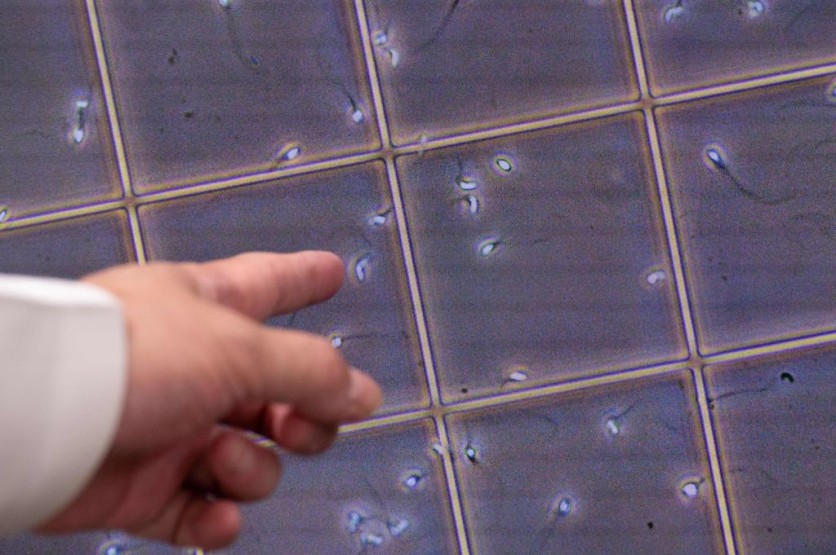Researchers in Japan have uncovered key information about a protein that plays a crucial role in the process of sperm production, which could unlock doors for male contraception.
Scientists from Osaka University have identified the role of a protein called testis-specific serine kinase substrate (TSKS) in the process of spermiation, or the release of mature sperm cells.

Molecular Mechanisms of Sperm Cells
It is common knowledge that sperm cells need to travel through the female reproductive tract to reach the egg for fertilization to occur.
But to make this possible, scientists note that sperm cells have a streamlined structure that can only be established by eliminating sperm cytoplasm.
Although this process has been seen before, its underlying molecular mechanisms are still poorly understood. This is what motivated the Osaka University research team to investigate a mouse model that targets TSKS, which is located in membrane-less structures called nuage.
They developed a mouse model in which the TSKS gene was altered through the use of genome editing techniques. They determined that male sterility was caused by the sperm cells of the mice with defective TSKS failing to acquire a streamlined form.
Read Also : Vortex Fluidic Device Can Manipulate Milk Protein; AlphaFold AI Can Predict Protein Structures
Findings of the Team
The sperm cells from TSKS knockout mice were examined by the researchers, who discovered that these cells were unable to create two particular types of nuage known as reticulated body (RB) and chromatid body remnant (CR).
The sperm cells were also unable to adequately remove their cytoplasm without this nuage.
"Our results showed that generation of RB and CR nuage is dependent on TSKS," co-lead author Soojin Park said in a press release statement.
"TSKS is required for sperm to eliminate cytoplasm and adapt a streamlined, tadpole shape. This applies to humans as well, as TSKS is also present in human sperm cells."
The identification of TSKS's function in the development of streamlined sperm cells gives more details about one mechanism underlying male infertility. The results of this study could ultimately lead to the creation of male contraceptives and diagnostic tests, according to the team.
According to co-lead author Keisuke Shimada, the study's findings mark a significant advancement in our knowledge of the molecular processes underpinning sperm formation.
The study offers fresh research directions and makes a significant addition to the field of reproductive biology.
The team hopes that further studies will build on these findings to provide more insights into the role of TSKS in sperm production, potentially leading to new treatments for male infertility.
The findings of the study were published in the Proceedings of the National Academy of Sciences of the United States of America (PNAS).
Related Article : 3-D Protein Model Shows Why Cats and Cattles Are More Likely Infected with COVID-19 Than Chickens and Pigs!

ⓒ 2025 TECHTIMES.com All rights reserved. Do not reproduce without permission.




